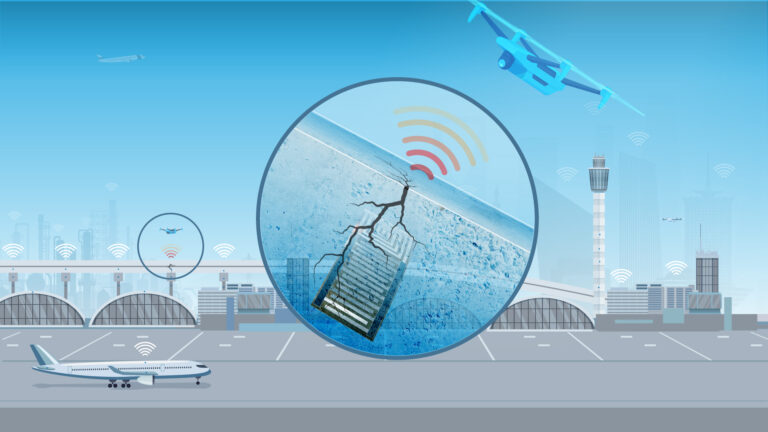Mechanical Engineering
Gazing into the flames of ionic winds
New 3D visualizations that reveal how flames respond to electric fields could help improve combustion efficiency and reduce pollution.


The researchers acquired incredible images, such as this one, showing a jet flame being affected by a 16-kV electric field between two electrodes.
© 2017 Minsuk Cha
The ability to precisely control flames could lead to greater energy efficiency and fewer harmful emissions from transport and industry. Flames contain charged ions and electrons, which can be manipulated using electricity. KAUST researchers have now produced the first detailed 3D visualizations of ionic winds flowing from a flame in response to both direct (DC) and alternating (AC) electric fields.
Mechanical engineer Minsuk Cha and coworkers previously developed a theoretical model explaining how ions in a flame respond to electric fields. For their latest work, the researchers ejected a mixture of methane and air through a jet flame nozzle positioned between two electrodes. They illuminated the flame using an argon-ion laser and detected the scattered light in order to trace the motion of individual particles through the flame—a technique called particle image velocimetry or PIV. To improve this visualization, they had to add to the flame reflective seeding particles made from titanium oxide and oil.
“The particle seeding to the ambient flame was quite difficult,” says Cha. “We used a smoke generator, but we had to control the timing of the smoke generation very carefully so that we didn’t disturb the main flow. It was a time-consuming step requiring a lot of patience.”
The researchers acquired images that reveal unprecedented details of how flame dynamics respond to electricity. When they used a DC field, the flame visually bent towards the negative electrode because positive ions (which vastly outnumber negative ions in the flame) were attracted that way (see image).
Counterintuitively, however, the ionic wind blew toward both electrodes, indicating an important role for negative ions. In an AC field, the ionic wind dynamics depended on the applied AC frequency, though only at low frequencies. These ionic winds could influence the combustion process by allowing a controlled redistribution of heat and combustion products by convection.
Cha says he hopes that this work could have a very positive impact on the future design of flame-generating machinery. Most importantly, it wouldn’t require the building of completely new industrial equipment, as Cha explains:
“The beauty of this method is that it can be retrofitted—it can be added in as an active control method for any pre-existing combustion system. Depending on the system configuration and the type of combustion that we need to control, we could use our knowledge and understanding to work out the appropriate locations of electrodes and choose the best operational parameters, such as voltage or frequency.”
References
-
Park, D.G., Chung, S.H. & Cha, M.S. Visualization of ionic wind in laminar jet flames. Combustion and Flame 184, 246-248 (2017).| article
You might also like

Mechanical Engineering
Innovative strain sensor design enables extreme sensitivity

Mechanical Engineering
Turbulent flow shows surprise patterns that could help boost efficiency

Mechanical Engineering
Machine learning model identifies gas molecules

Mechanical Engineering
Making a splash: unraveling the impact of large water droplets

Mechanical Engineering
Sour gas has sweet potential for hydrogen production

Mechanical Engineering
Dancing droplets’ new spin on water harvesting

Mechanical Engineering
Underwater air pockets smooth out the bumps

Chemistry



